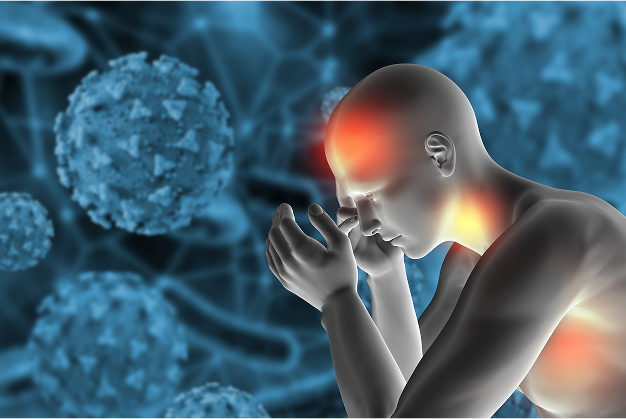Epidemiology of Stroke in India
Feb 25

In India, the first study to detect annual incidence of hemiplegia was done in Vellore in 1970. This study showed an incidence of 13 per lakh population and prevalence of 42 per lakh. There are four population based stroke epidemiology studies conducted in India according to ‘WHO- STEPS Stroke Protocol’- Kolkata, Bangalore, Trivandrum and Mumbai. The Mumbai study was published in 2008,was conducted between Jan 2005 and Dec 2006 on 156861 people. A total of 456 strokes occurred giving an annual incidence rate of 145 per lakh. The age adjusted rate using Segi’s 1996 world population was 152 per lakh. Males and females annual incidence rate was149 and 141 per lakh respectively. The mean age was 66 years. At the end of 28 days, there was 29.8 percent mortality. The Kolkata study was published in 2007, was conducted between March 2003 and February 2005 and included 52,377 people. This study found an age- standardized annual incidence rate of 145 per lakh. The prevalence was 545 per lakh population. The incidence and mortality was higher in women compared to men. The 30 day mortality rate was 41.08 percent. There was no difference between people living in slums and other areas. The Bangalore study, published in 2009 found that stroke constituted 7 percent of admission to medical wards and 45 percent in neurological wards. The case fatality rate was 9 percent at the time of discharge and 28 day mortality was 20 percent. The mean age of presentation was 54.5 percent. In STEP 2, it included 23,312 people and found a proportional mortality of 6 percent. The Trivandrum study was conducted over 6 months in 2008 and studied 7,41,000 urban population and 1,85,000 rural population. A total of 541 strokes occurred giving an adjusted annual incidence rate of 135 per lakh population. The rate was same for rural and urban population. The 28 day mortality was 24.5 percent in urban population and 37.1 percent in rural population.
DEFINITION OF STROKE: Stroke was defined as “abrupt onset of neurological deficit that is secondary to focal vascular cause”. It is divided into two types- brain ischemia and brain haemorrhage.
ISCHEMIC STROKE: The ischemic stroke occurs secondary to blockage of blood flow to a part of brain so that the specific area is deprived of oxygen and nutrients. If the block lasts for more than a few minutes, there occurs irreversible damage to the brain. If the flow is restored immediately before this period, the symptoms will reverse and it is called transient Ischemic attack. The ischemic stroke can be due to thrombosis or embolism.
HEMORRHAGIC STROKE: The hemorrhage is divided into intracerebral hemorrhage and subarachanoid hemorrhage. Hemorrhage occurs due to disruption of blood vessel. The causes of intracranial hemorrhage are- head injury, hypertensive bleed, cerebral amyloid angiopathy, liver disease, hemorrhagic transformation of infarct, bleed into tumour, Arteriovenous malformation, intracranial aneurysm, coagulopathy and dural AV fistula
CLINICAL FEATURES OF STROKE: The signs and symptoms of stroke are varied and they depend on the part of the vascular system involved. Manifestations can vary from motor weakness, sensory loss, autonomic symtoms, cerebellar symptoms, brain stem syndromes, aphasia, apraxia etc
NIHSS score is a quantitative measurement of neurological disability. It consists of 15 items which include testing awareness, cranial nerves, motor system, sensory system, cerebellar function, language and neglect. The minimum score is 0 while maximum is 42. The greater the score, the more is the severity of the stroke. The score is also used to predict the outcome of stroke.

